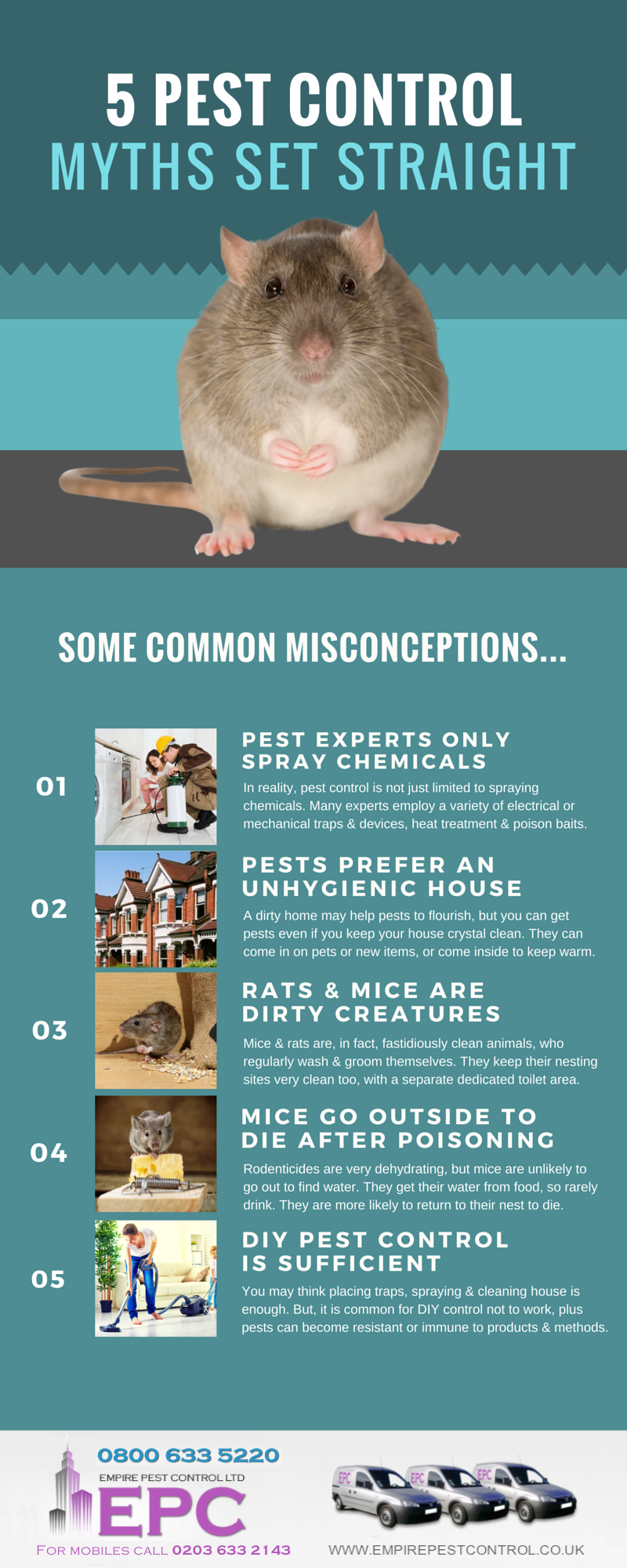Discover Crucial Strategies To Protect Your Residence From Rodents In The Attic
Discover Crucial Strategies To Protect Your Residence From Rodents In The Attic
Blog Article
Write- simply click for source Composed By-Webster Smedegaard
Imagine your attic room as a cozy Airbnb for rats, with insulation as fluffy as resort pillows and electrical wiring a lot more attracting than room solution. Currently, think of these undesirable visitors throwing a wild event in your home while you're away. As a property owner, ensuring your attic is rodent-proof is not just about satisfaction; it's about protecting your property and liked ones. So, what easy steps can you take to safeguard your shelter from these hairy burglars?
Examine for Access Details
To begin rodent-proofing your attic, inspect for entrance points. Begin by meticulously checking out the outside of your home, looking for any type of openings that rodents can utilize to get to your attic. Check for spaces around energy lines, vents, and pipes, along with any fractures or holes in the structure or exterior siding. See to it to pay attention to areas where different structure materials fulfill, as these are common entrance factors for rodents.
In addition, evaluate the roofing for any type of damaged or missing tiles, along with any type of gaps around the edges where rats could press via. Inside the attic, seek indications of existing rodent task such as droppings, ate cords, or nesting products. Use a flashlight to completely inspect dark corners and hidden rooms.
Seal Cracks and Gaps
Examine your attic thoroughly for any splits and gaps that need to be secured to avoid rats from entering. Rats can press with even the smallest openings, so it's important to secure any possible entry points. Examine around pipelines, vents, cords, and where the wall surfaces fulfill the roof covering. Make use of a mix of steel wool and caulking to seal these openings properly. Steel wool is an outstanding deterrent as rodents can't chew via it. Guarantee that all gaps are firmly secured to deny accessibility to undesirable insects.
fogging pest control ignore the relevance of securing gaps around windows and doors also. Usage weather stripping or door moves to seal these areas efficiently. Check the areas where utility lines get in the attic room and secure them off making use of an ideal sealant. By making the effort to secure all fractures and gaps in your attic room, you develop an obstacle that rats will certainly find difficult to violation. Prevention is type in rodent-proofing your attic room, so be extensive in your efforts to seal off any prospective entrance points.
Remove Food Resources
Take aggressive steps to get rid of or store all prospective food resources in your attic to discourage rodents from infesting the area. Rats are drawn in to food, so removing their food resources is important in keeping them out of your attic.
Here's what you can do:
1. ** Shop food safely **: Stay clear of leaving any kind of food things in the attic. Shop all food in impermeable containers made from metal or heavy-duty plastic to avoid rodents from accessing them.
2. ** Clean up particles **: Get rid of any kind of heaps of particles, such as old papers, cardboard boxes, or wood scraps, that rats might utilize as nesting product or food resources. Keep relevant web-site -free to make it less enticing to rats.
3. ** Dispose of trash appropriately **: If you utilize your attic for storage and have trash or waste up there, make sure to throw away it consistently and properly. Decaying garbage can attract rats, so keep the attic room clean and free of any kind of organic waste.
Conclusion
To conclude, remember that an ounce of avoidance is worth a pound of treatment when it concerns rodent-proofing your attic room.
By taking the time to check for entry points, seal fractures and gaps, and get rid of food sources, you can keep unwanted bugs away.
Keep in mind, 'An ounce of avoidance is worth an extra pound of treatment' - Benjamin Franklin.
Remain positive and secure your home from rodent problems.
